Dining out is 6x times more valuable than eating in: Ankit Mehrotra
The food services industry has seen a tremendous growth between 2015-2018 as reported by the Food Services Report 2019 released by the National Restaurant Association of India. The industry recorded 11% CAGR growth and the organised standalone market which has a 75% market share is estimated to be worth 1,10,534 crore in 2018-2019.
While the food delivery business has contributed to one part of this growth story, the affordable casual dining restaurant is actually the fastest growing subdivision in the market. Emphasis on the word 'affordable' which has been made possible with the rise of eating out apps such as Dineout, Eazydiner, and Zomato Gold.
Dineout, Founder and CEO, Ankit Mehrotra saw the opportunity in this space as far back in 2012. When they first launched, they were only a table reservation platform. Through successive acquisitions of Torqus, inResto, Gourmet Passport and most recently foodtech startup, Binge Digital, the platform now offers end to end restaurant solutions as well as a B2C platform serving customers who want to eat out at affordable prices.
“What we realised when we started out as a table reservation platform, was that as a use case in India, people need to reserve tables maybe 3-4 times out of 10, when they are going out of the house. We looked at what is common in the entire dining out journey and realised everyone needed to pay their bills” said Mehrotra, a seemingly straightforward insight that led to the conception of their first product Dineout Pay.
By identifying more use cases, the Dineout platform was able to design sophisticated products that focused on the consumers dining out experience.
Sharing another example, Mehrotra says, “there was still a small section of people who were eating out on a regular basis, loved discounts, wanted to save money but were not into reserving tables. We have a product called Gourmet Passport which gives one plus one free to users whose order were under Rs 2000 in the best restaurants in India.”
Now, close to 3.5 million diners use Dineout Pay and Gourmet Passport every month. Now, that pales in comparison to the 10 or 14 million orders per month registered on Zomato or Swiggy but according to Mehrotra we have to consider that “the average bill of a consumer who visits a restaurant is Rs 1800. The same person who is doing home delivery is spending Rs 300 on average. Thus, we believe the dining out experience is 6x times more valuable than an eating in experience.”
Similar strategies have been adopted by Zomato with their Zomato Gold and more recently their Infinity Dining product which is also banking on a niche segment of consumers. Swiggy's foray into the milk delivery business also marks a departure from pureplay food delivery but does not undermine it. In the food services sector, vertical segmentation has strengthened the value proposition of digital brands.
The next step for Dineout was to obviously to expand on their brand objective. “We wanted more and more people to dine out” said Mehrotra. Observing how digital players like Flipkart and Amazon capitalised on positive consumer sentiment with their Big Billion Days and Prime Day sale sprees, Mehrota says, “we realised that nothing of the sort had been done for the restaurant industry at scale. We first conceptualised Great Indian Restaurant Festival (GIRF) back in 2017. The intention was to give more people an incentive to visit restaurants."
The concept of the GIRF is simple; offer customers flat 50% off in any of the partner restaurants they choose to visit via the Dineout app.
What began as an experiment with 1000 odd restaurant partners in 2017 exploded to a mega festival across 17 cities with 8,000 restaurants by 2019. This year Dineout has rolled out the 4th edition of the GIRF for the second time in the year during the month of August. “The first three times, we rolled out the initiative in February because it was a great month to do it. When we did it in February 2019, it was a big hit and consumers wanted us to do it again. For the first time ever, we are repeating it in August and going forward we will do it twice every year” says Mehrotra.
“February is a great month because PAN India the weather is great, people want to go out and it is just before the school exams. During the second week of February, it has become a gimmick to celebrate rose day, flower day etc. so people are generally in the mood to celebrate.”
“We believe August is a good month because from September onwards people begin celebrating Navratri, Diwali, Ganesh Chaturti and other festivals. These months are when people are dining out the maximum so we thought we should bring this festival to consumers during these months.”
The incredible success and response to the GIRF was unprecedented, Mehrotra confesses that the first time around, Dineout only leveraged digital marketing, organic reach and word of mouth to fuel awareness about the event.
“Now, we have a comprehensive 360-degree marketing plan that not only involves print and digital but also involves BTL marketing on cabs, airports; we are leveraging a lot of OOH and radio. Our television ads began airing by the second week of August. We are also doing a lot of on ground activations such as food festivals. In Bangalore, Chennai and Hyderabad we organised a food festival called GIRF Unplugged to bring the festival closer to the consumer.”
“From a business perspective, the person who visits the restaurant is much more profitable and from a consumer’s perspective dining out today has become a way of life. We want people to go to new restaurants, have new cuisines because it has become more of an experience today.”
“The 50% off is just an excuse for them to go out and if they enjoy the experience, they become loyal customers of the restaurant. This initiative is raising the profile of the entire dining out industry. Restaurants also prefer when people visit their location rather than have their food delivered at home.”
“On average, restaurants see a 300% increase in traffic through the Dineout platform during the month of GIRF. Even after the festival their traffic is sustained for the next 2-3 months. Some restaurants see as many as 12-15000 diners every month but overall it is very difficult to put a number for individual restaurants.”
And that’s not a surprise. The NRAI’s biannual report stated that 80% of a restaurant’s revenue comes from dining in and only 20% of revenue is from delivery. Mehrotra states that PAN India there are more than a billion people eating out annually.
However, offering such steep discounts at scale obviously has its consequences. Recently, 1200 restaurants came together to delist themselves from foodtech platforms such as Dineout, Zomato, Eazydiner and Nearbuy demanding that they curb predatory pricing as consumer addiction to discounts have crippled the industry.
Mehrotra says, “The restaurant business in India, from a numerical perspective, is worth about Rs 70,000 crores. That is 7X bigger than the size of the Bollywood industry. It is one of the single largest employment sectors in the country.”
The culture of eating can directly be attributed to the rise in disposable income as both the husband and wife are working. It makes sense to incentivize such motivated consumers but not at the cost of breaking the backs of restaurant chain owners who form the core of the business.
Dineout itself is a partner to 35,000 restaurants as one of the biggest B2B restaurant technology solutions provider. On the B2B front with InResto & Torqus, they process more than 17MN diners and $800M worth of transactions for its partner restaurants.



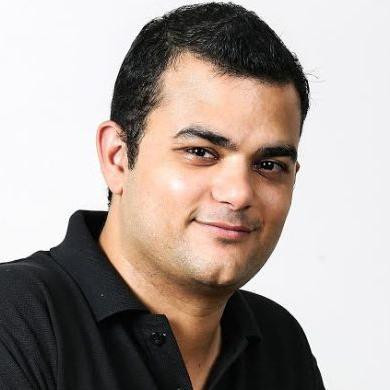

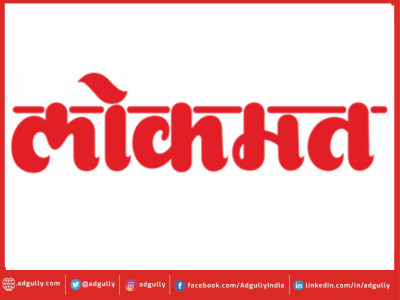
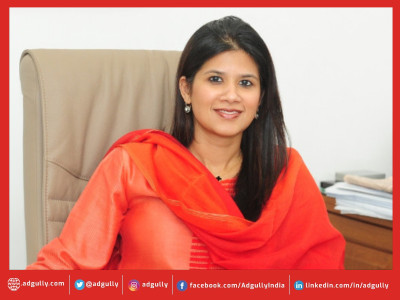
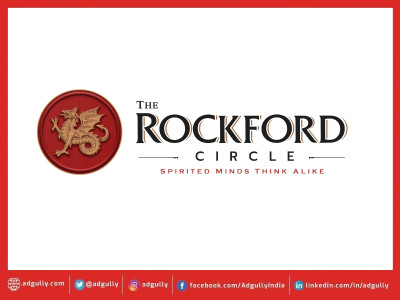
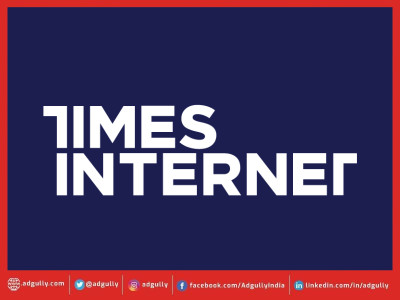
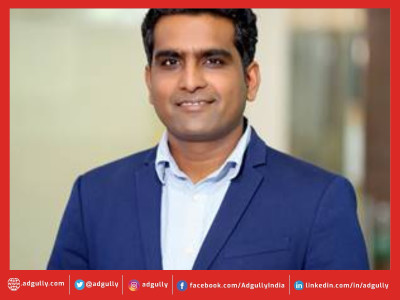
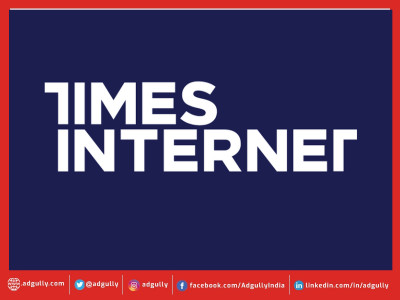


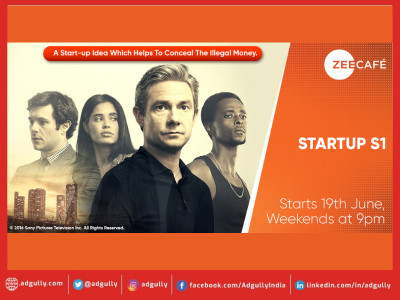
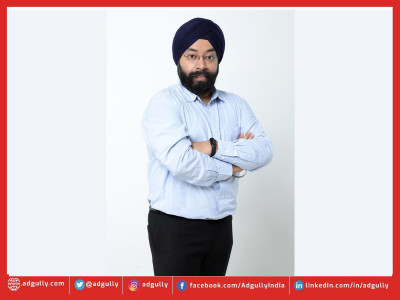

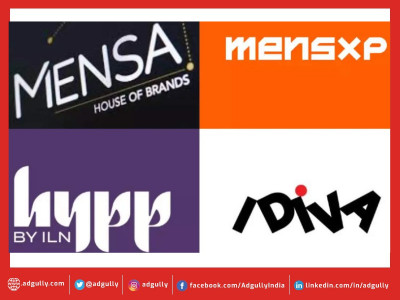

Share
Facebook
YouTube
Tweet
Twitter
LinkedIn